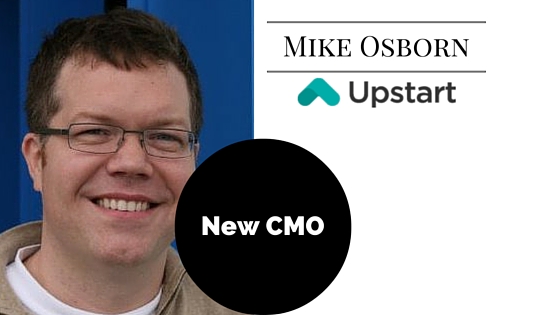Goldman has ambitious plans to offer loans of a few thousand dollars to ordinary Americans and compete with Main Street banks and other lenders. Goldman Sachs has built its brand on handling the portfolios of the rich and powerful. For 146 years, the venerable bank has provided all kinds of financial services, including banking and investment management to thousands of clients– individuals and businesses — globally.
In June, Goldman Sachs communicated that it was further investing in its consumer lending business. Lending a few thousands dollars to a family to remodel a kitchen is a far way from underwriting top tech IPOs, but GS looks serious about investing in its consumer lending offering. Goldman can do this given the fact that it converted to being a consumer bank from an investment bank during the financial crisis — enabling it to take on deposits.
While its activities seem to be in the early planning stage, Goldman’s interest appears to center around providing small loans of a few thousand dollars to Main Street, pitting it competitively alongside consumer banks and marketplace lenders like Lending Club and Prosper. It doesn’t appear that the company intends to establish a marketplace around its lending product (like Lending Club), opting instead to lend off its own balance sheet. Further signaling its intentions to the market, GS hired Harit Talwar, Discover Financial’s former CMO, to head its consumer unit.
Then, in August, Goldman Sachs acquired GE Capital Bank’s online deposit platform. As part of the purchase, GS will take on $16 billion in deposits, made up of $8 billion in online-deposit accounts and $8 billion in brokered CDs. Dozens of employees were targeted with expertise in areas including marketing, credit and engineering, according to one of the people. Without the onus of maintaining local branches, the global bank is quickly putting the pieces together to be a serious competitor in online consumer banking.
Now, Goldman Sachs is trying to poach top management from its newly-found competitors in a market that’s quite competitive for talent. Lending Club’s recent IPO may still have senior leaders there locked up on selling shares and the recent performance of top firms like Prosper make for a competitive recruiting environment. “We have recruited talent from a wide array of industries to build a team with diverse experiences,”Andrew Williams, spokesman for Goldman Sachs said in a statement. According to Bloomberg Businessweek, GS is contacting senior level players at firms in New York and San Francisco and it appears to be having some success: according to employees’ LinkedIn profiles,individuals have joined Goldman Sach’s online lending group from Citigroup Inc., Barclays Plc, American Express Co. and Discover Financial Services.
Goldman Sachs is a technology firm
For years, GS has been trying to convince the public that at its heart, it’s a technology company. Numerous managers have emphasized that Goldman Sachs has more engineers than Facebook — from CEO, Lloyd Blankfein all the way down the ranks. From internally developed products and services to investing in rising fintech stars, GS is active. It’s one of the banking firms behind Symphony, a communications app that just raised $100M and is taking on secure messaging in financial markets and beyond — taking aim at Bloomberg’s sweet spot.















